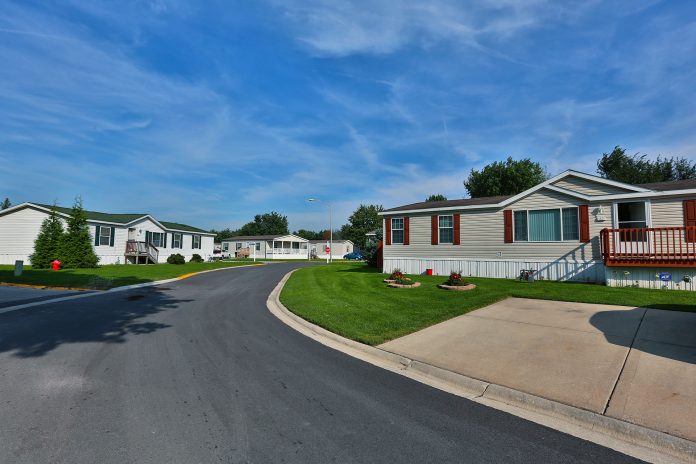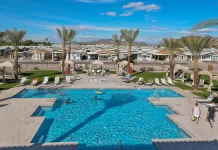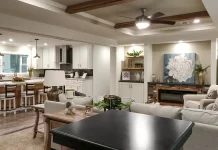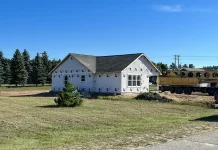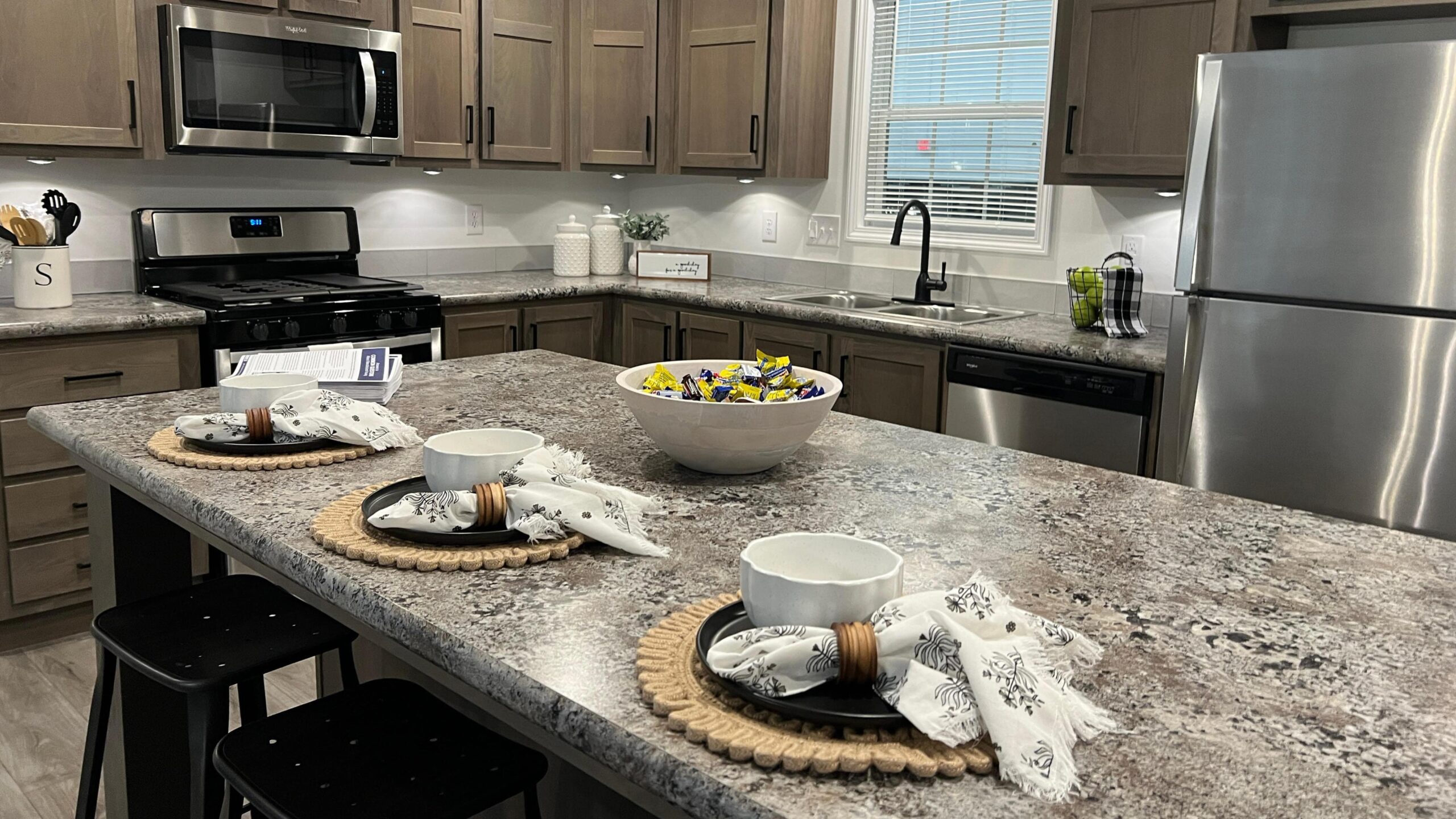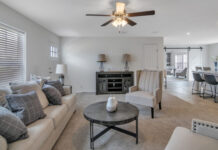Part I of a two-part contribution by myMHcommunity.com on the history of manufactured home communities.
A Few Items About the History of Manufactured Home Communities
Community planners analyze data and use an array of knowledge and experience to design every detail of a neighborhood. They use intentional design to encourage healthy neighbor interaction while providing the residents privacy, security and safety. Everything is considered.
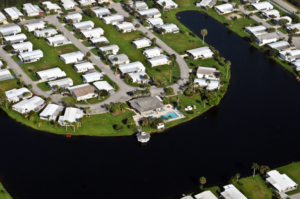
Even the curves in the roads are placed intentionally to slow auto traffic.
Planning communities is a centuries old concept. There is evidence of urban planning dating back to the third millennium B.C. Through the years, planners have established several community designs they feel work best. That’s why we see similar community layouts across the nation; designs proven to create a safe neighborhood with good sociability.
In most cases, planners get the same results when they design similar communities. However, there’s one thing that has been stumping expert community planners for decades. How to get their gated site-built communities and suburbs to develop the camaraderie and sense of community that seem to occur so naturally within manufactured home communities.
The History of Manufactured Home Communities
While there are successful manufactured home communities that have thrived without the help of professional planning, the largest and most desirable communities are typically planned down to the smallest detail.
One of the first permanent manufactured home communities in the U.S., Trailer Estates, was designed with the help of a professional community planner. The community was developed in 1955 in Bradenton, Fla. and included 1,451 lots on 160 acres.
The owner of Trailer Estates, a lawyer turned land developer, understood that factory-built homes would become a popular permanent housing choice for millions of families nationwide. He wanted to create the ideal permanent neighborhood that worked well for a variety of families, so he reached out to a professional community planner.
The community they created had all the necessities you could want. It had a post office, commissary, recreational areas, laundry facilities and even its own marina and beach. Residents had square dancing on Tuesdays, crafts on Thursdays and ballroom dancing on Saturdays.
Many modern manufactured home communities still offer community activities and great amenities, though ballroom dancing probably isn’t one of them.
The community was so well-planned that it was recognized as a model community and the same design and amenities offered are replicated in several communities across the nation to this day.
ELS writer Crystal Adkins has authored more than 500 articles about manufactured housing. She has been featured on BobVila.com and USA Today.


